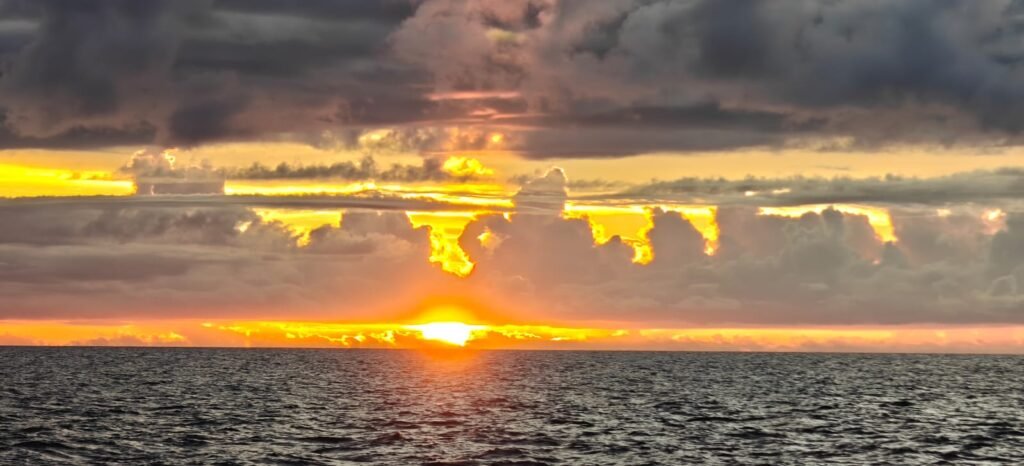Sailing Into Triton Bay: Hidden Bays, Breathtaking Archipelagos & Dodgy Viewing Platforms
We left Tual at 8 a.m. and set off towards West Papua province to visit Triton Bay. Some divers whisper that the underwater ecosystem here is even better than Raja Ampat, with hardly any tourists in comparison. Naturally, we were buzzing with excitement and hoping to finally dust off our diving gear. So far, we hadn’t had a chance to dive—and we love it so much that we were practically twitching from withdrawal. The other big reason for heading to Kaimana? Whale sharks!
We set course for Triton Bay via one of the most stunning beaches, boasting the softest, finest sand ever. Still within the Kei Islands, after two hours, we anchored at a breathtaking spot called Ngurbloat Beach on Pulau Kei Kecil. What a place! We strolled along the beach for half an hour, took a quick dip, and then—back to the boat. Honestly, we could’ve lazed around here for days. After an exhausting crossing and a jam-packed schedule, a bit of downtime would’ve been heavenly. But after just two hours, we lifted anchor and pressed on towards Triton Bay.
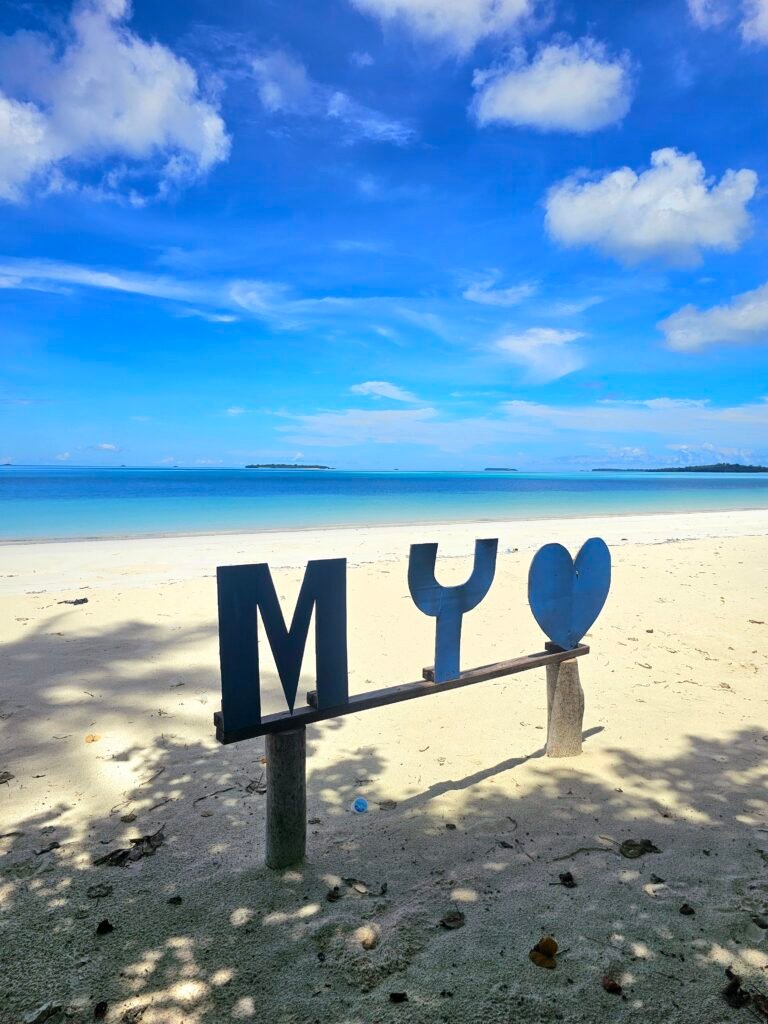
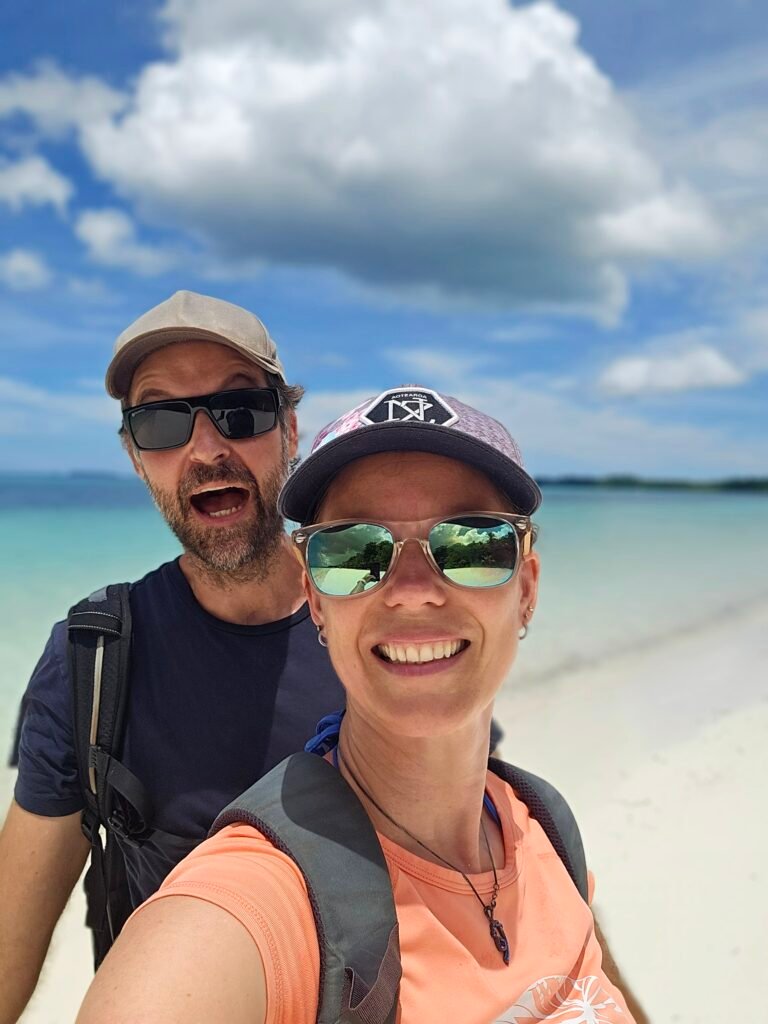
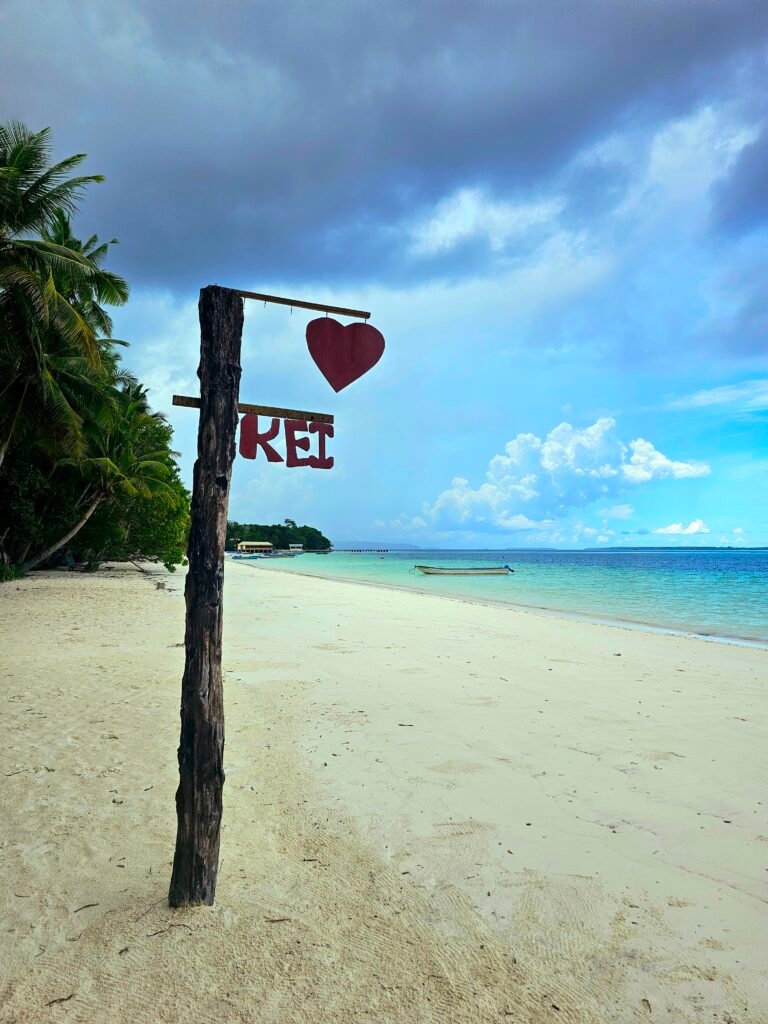
After our night watch, we managed to grab a measly four hours of sleep before arriving at Triton Bay. No sooner had we dropped anchor than officials clambered aboard, informing us that we needed to get to Kaimana to fill out a green quarantine book and pay an entrance fee of NZD $100 per person for the national park. The good news? The permit was valid for a year—so if we fancied sticking around or coming back within the next 12 months, we were sorted. Since it was Saturday, the officials kindly told us we could stay put until Monday before heading to Kaimana for the paperwork. Finally, the universe was throwing us a bone! A bit of rest? Yes, please.
Getting here is a bit of a mission—unless you just happen to sail in, of course. First, you have to make your way to Sorong, then take a very unreliable and often cancelled flight to Kaimana, followed by a one- to two-hour boat ride (depending on the boat’s size). And unless you enjoy waiting around for a miracle, you’ll probably have to charter the boat yourself, since there aren’t many tourists here. Eventually, you’ll reach one of the few accommodations in the area—or, even better, the only dive resort/centre in Triton Bay. Is it worth all that hassle? Absolutely. I’d do it without so much as an eye twitch.
As soon as the officials left, the dinghy was flung into the water, and we set off on our first adventure through these fascinating archipelagos, packed with bays, countless nooks, and crannies. This place is simply jaw-dropping. We even found a huge viewing platform, which we climbed via some seriously dodgy stairs. With each step, the views got better, and so did our excitement levels. We were thrilled to be here and couldn’t wait to snorkel—or, even better, dive!
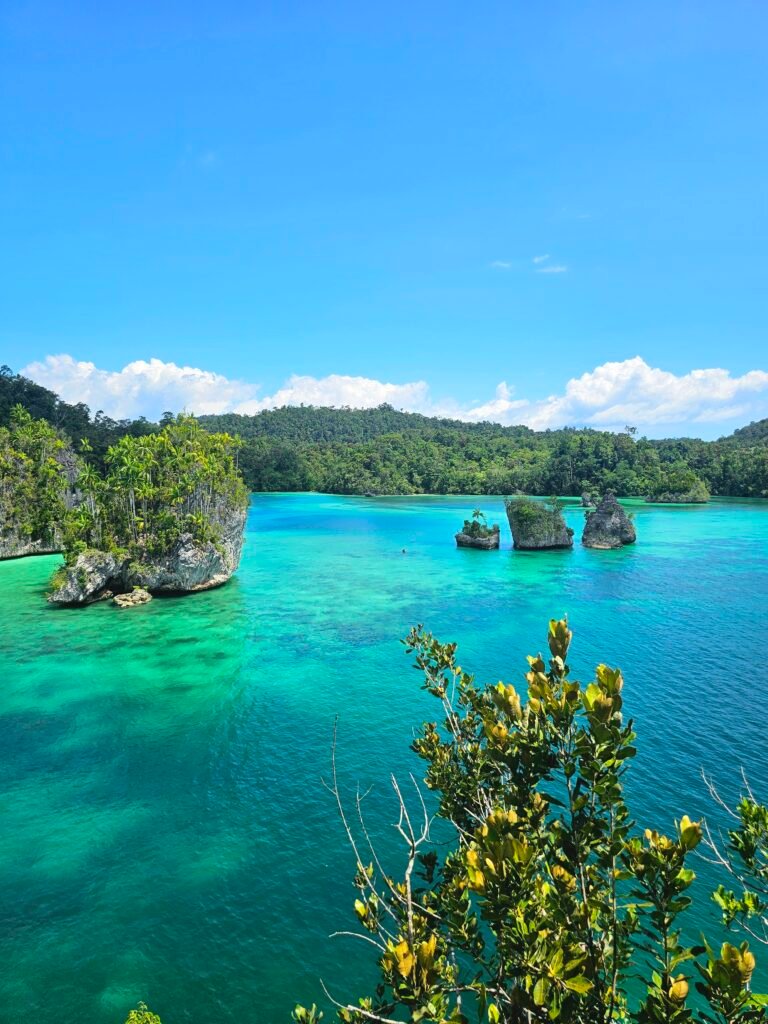
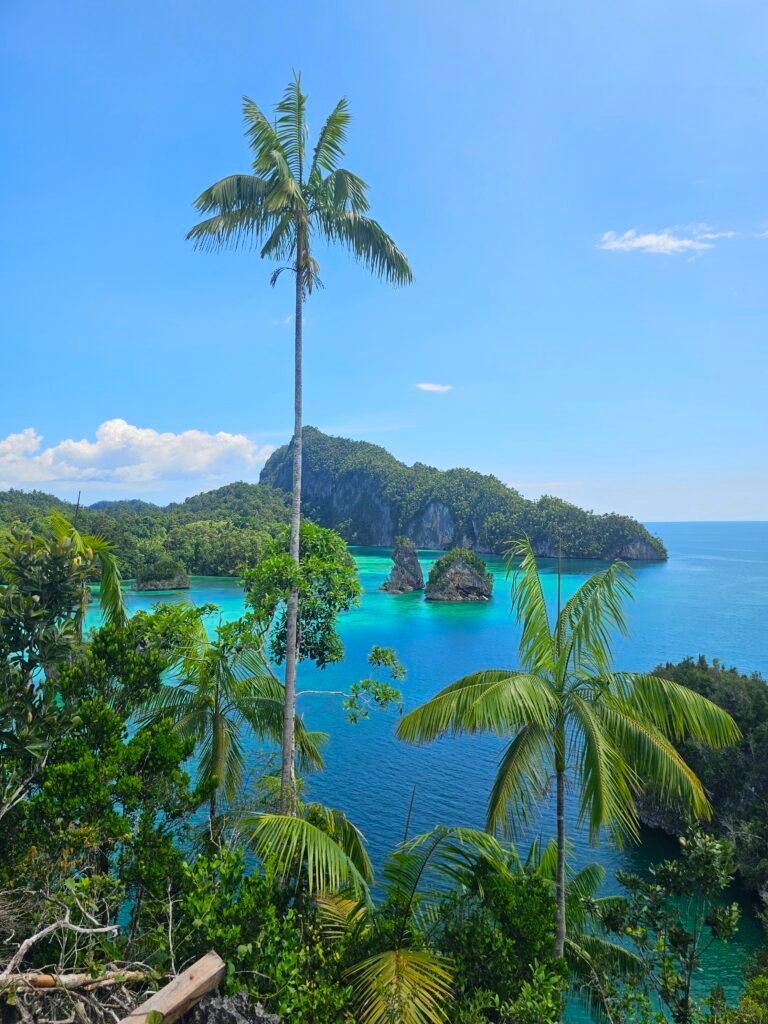
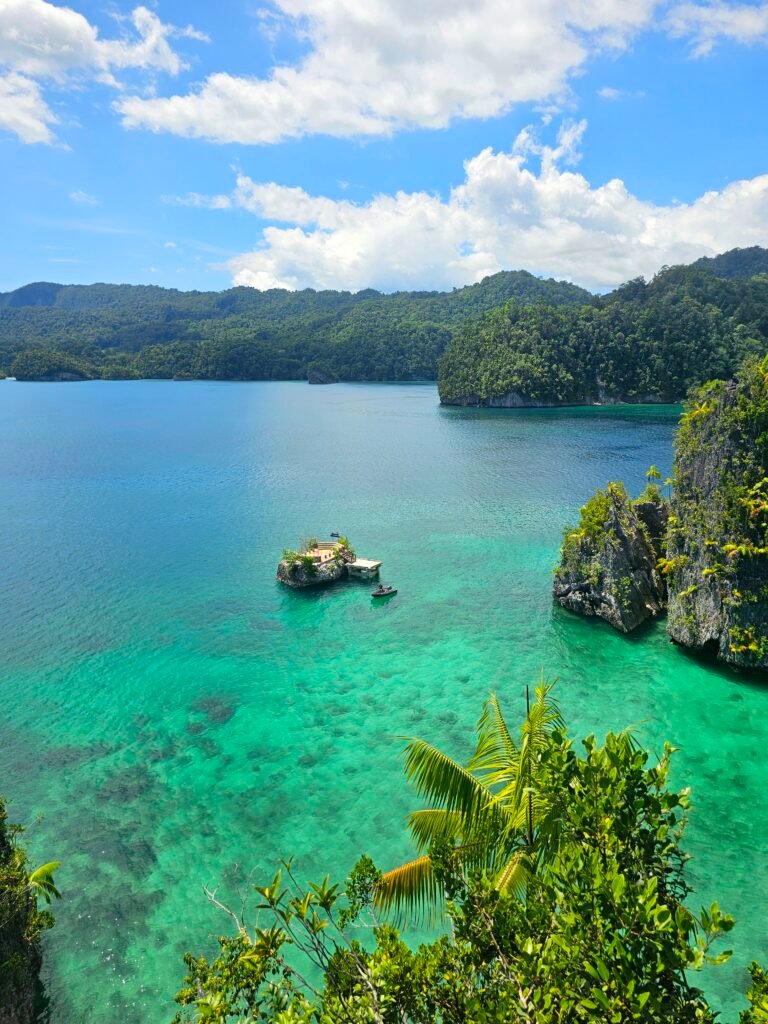
Indonesia is the world’s largest archipelago, made up of thousands of islands in Southeast Asia and Oceania. It also has the greatest marine biodiversity in the world, and around 130 of its 400 volcanoes are active. Have I mentioned yet that I’m totally over the moon to be in Indonesia? Because I am. I mean, seriously—how good is this?
The next morning was filled with chores (yes, even paradise has laundry), but eventually, we set off in search of the perfect snorkelling spot. Every bay, every rock formation was unique and mesmerising. Seeing everything at low tide made it even more interesting, as the sea’s erosion work was on full display. We even discovered a hidden bay accessible only through a tiny tunnel at low tide—like stumbling into a secret world. Finally, we plunged in for some snorkelling. And while the local jellyfish are harmless, that doesn’t stop you from flinching every time one drifts too close for comfort.
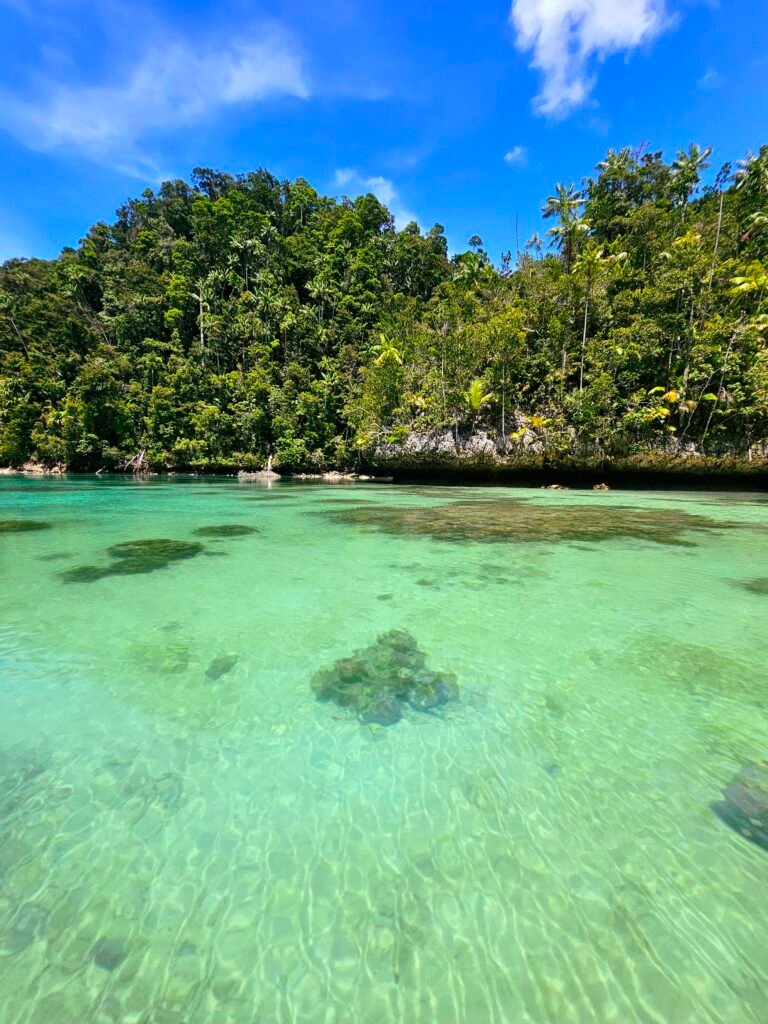
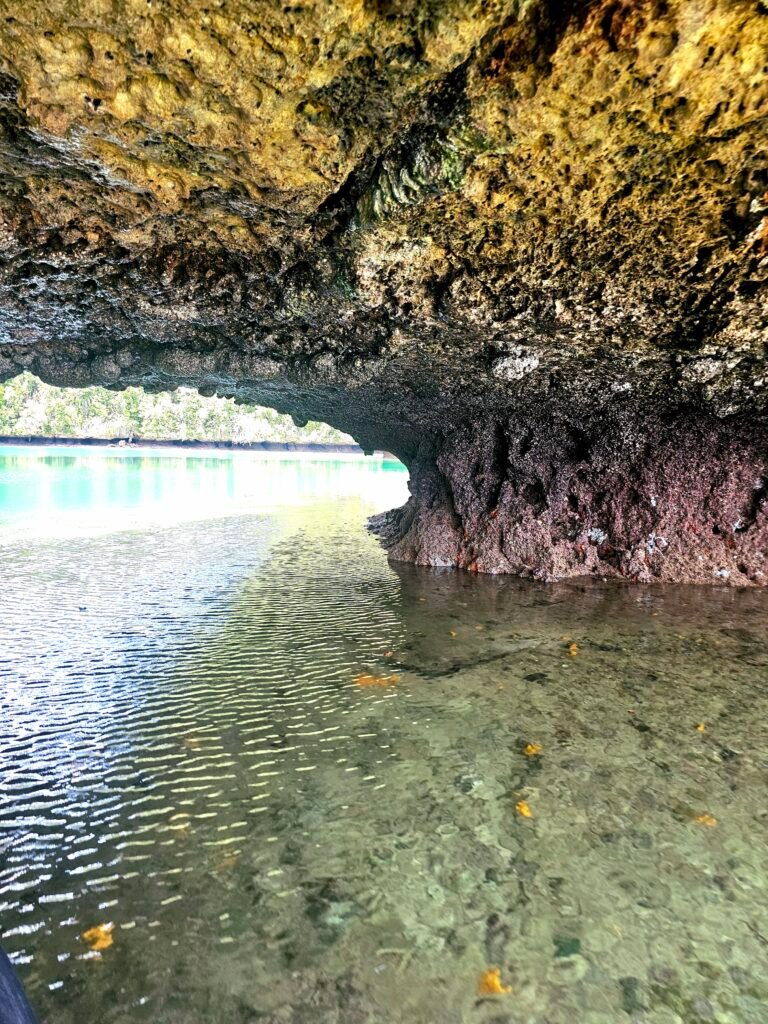
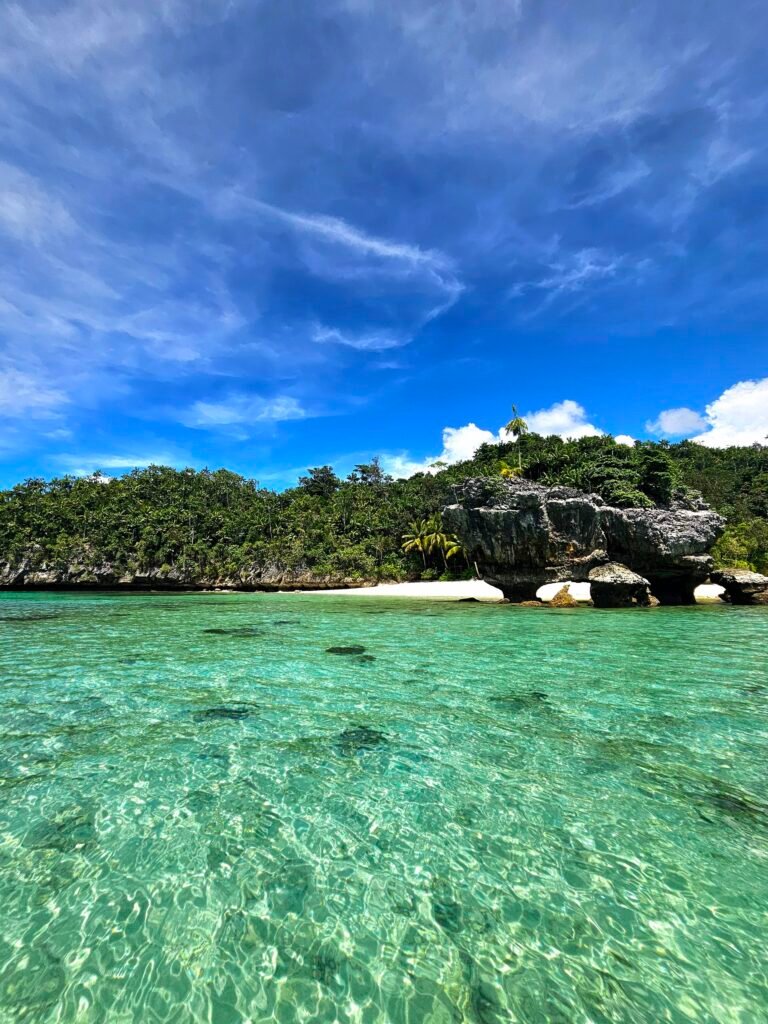
On the way back, we stopped at a tiny beach with a few beach huts, where local kids waved at us like we were long-lost celebrities. The enthusiasm here is off the charts—just a simple “hi” sends them into fits of excitement, like we’ve just made their entire year. A crowd quickly gathered, all grinning and staring at us in fascination. Communication was limited (our Indonesian is about as dodgy as those viewing platform stairs), but I managed to crack out a few phrases, which went down an absolute treat. One guy even asked how long I’d been in Indonesia, clearly impressed by my fluent skills. “Five days,” I answered proudly, demonstrating my numerical genius. Move over, Duolingo!
The manager of a nearby hotel/resort came over for a chat—he spoke excellent English and mentioned that most of their guests were from Asia or the USA. Given the current state of America, they might see a surge in permanent American tourists refusing to go home.
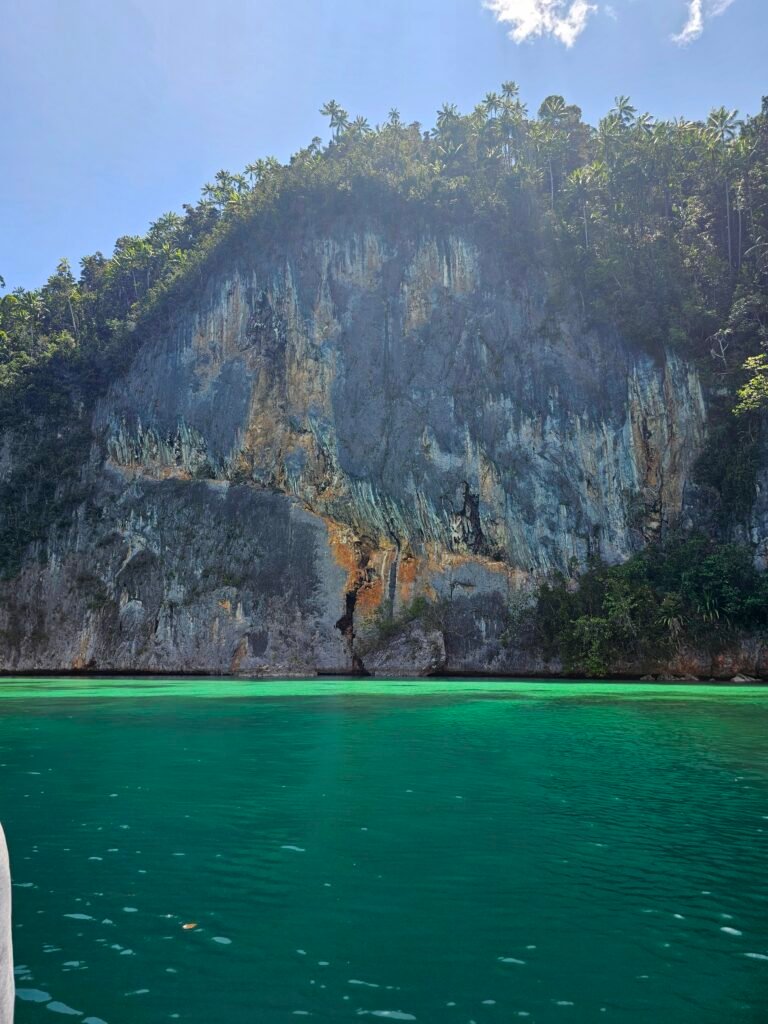

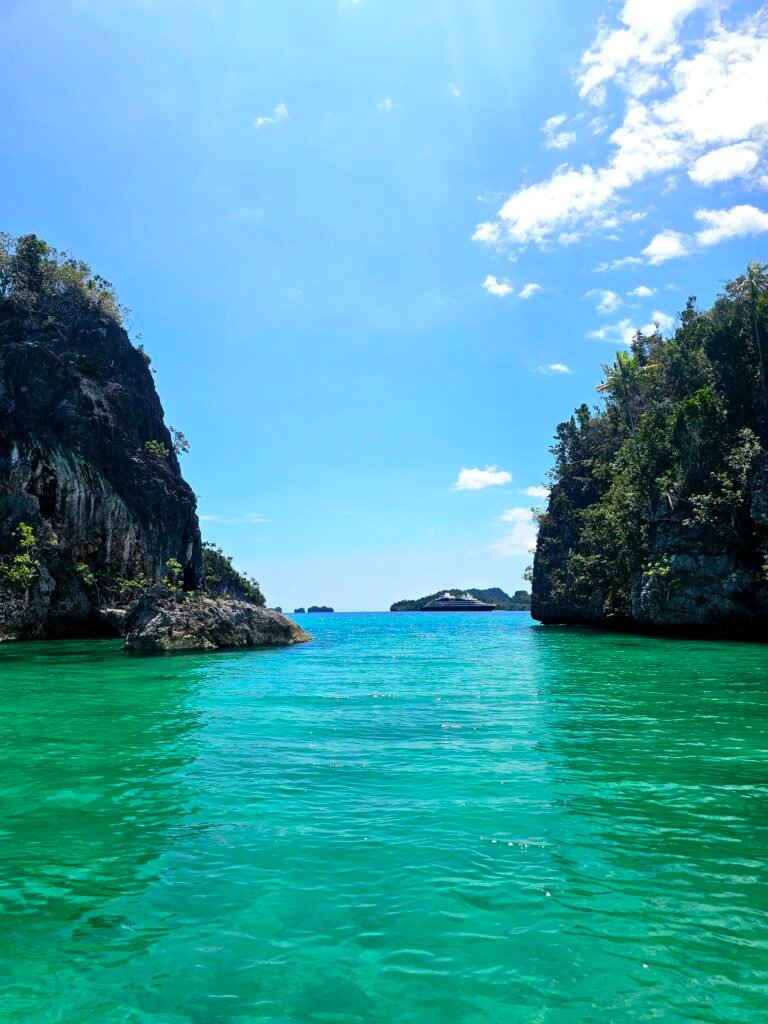
Back on board, we had lunch and then—surprise, surprise—it was time to lift the anchor again. It was decided we’d head to Kaimana that very afternoon rather than Monday morning. Spontaneity at its finest.
